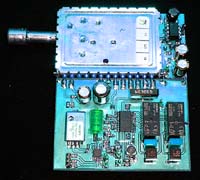
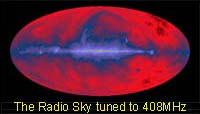 In my super receiver I used a DDS to fine tune the receiver, but in this project
In my super receiver I used a DDS to fine tune the receiver, but in this project 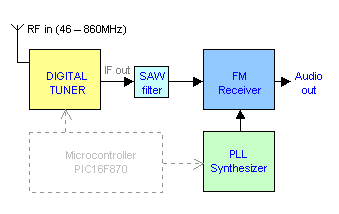 The picture at right show you the basic block of this TV tuner receiver.
The picture at right show you the basic block of this TV tuner receiver.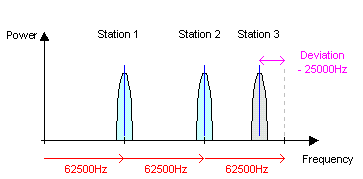 The picture show you three radiosignal called Station 1 to Station 3.
The picture show you three radiosignal called Station 1 to Station 3. Before we go future I want you to look at the filter shape of the SAW filter.
Before we go future I want you to look at the filter shape of the SAW filter.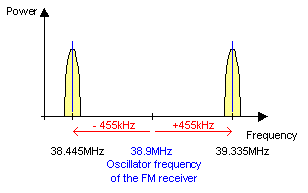 I have decided the oscillator frequency of the FM receiver to
be 38.9MHz.
I have decided the oscillator frequency of the FM receiver to
be 38.9MHz.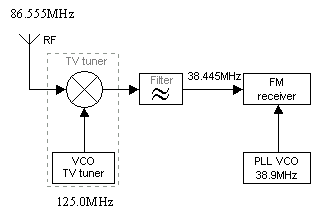 Example: I want to receive at 86.555MHz (Checkout the Software below)
Example: I want to receive at 86.555MHz (Checkout the Software below)
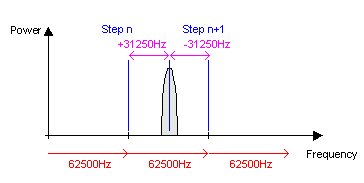 Let's discuss a bit about the deviation control.
Let's discuss a bit about the deviation control. Lets have a look at the schematic
Lets have a look at the schematic
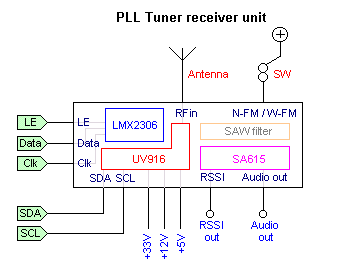 The picture at right show you the complete receiver as a unit.
The picture at right show you the complete receiver as a unit.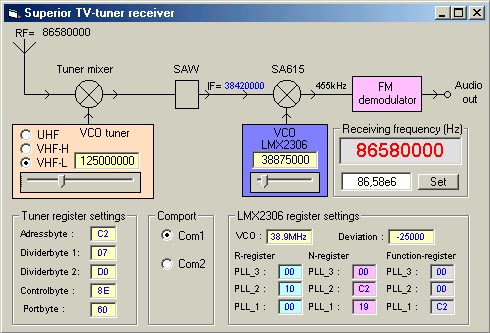
Download windows software superior_tuner_software.zip (1.90Mb) |
|
Click here to go to the software download page! |
|
 The schematic at right show you the RS232 communication adapter for the software to the tuner/PLL unit.
The schematic at right show you the RS232 communication adapter for the software to the tuner/PLL unit.| tuner_III.zip | Tuner program (the hex file is zipped!). |